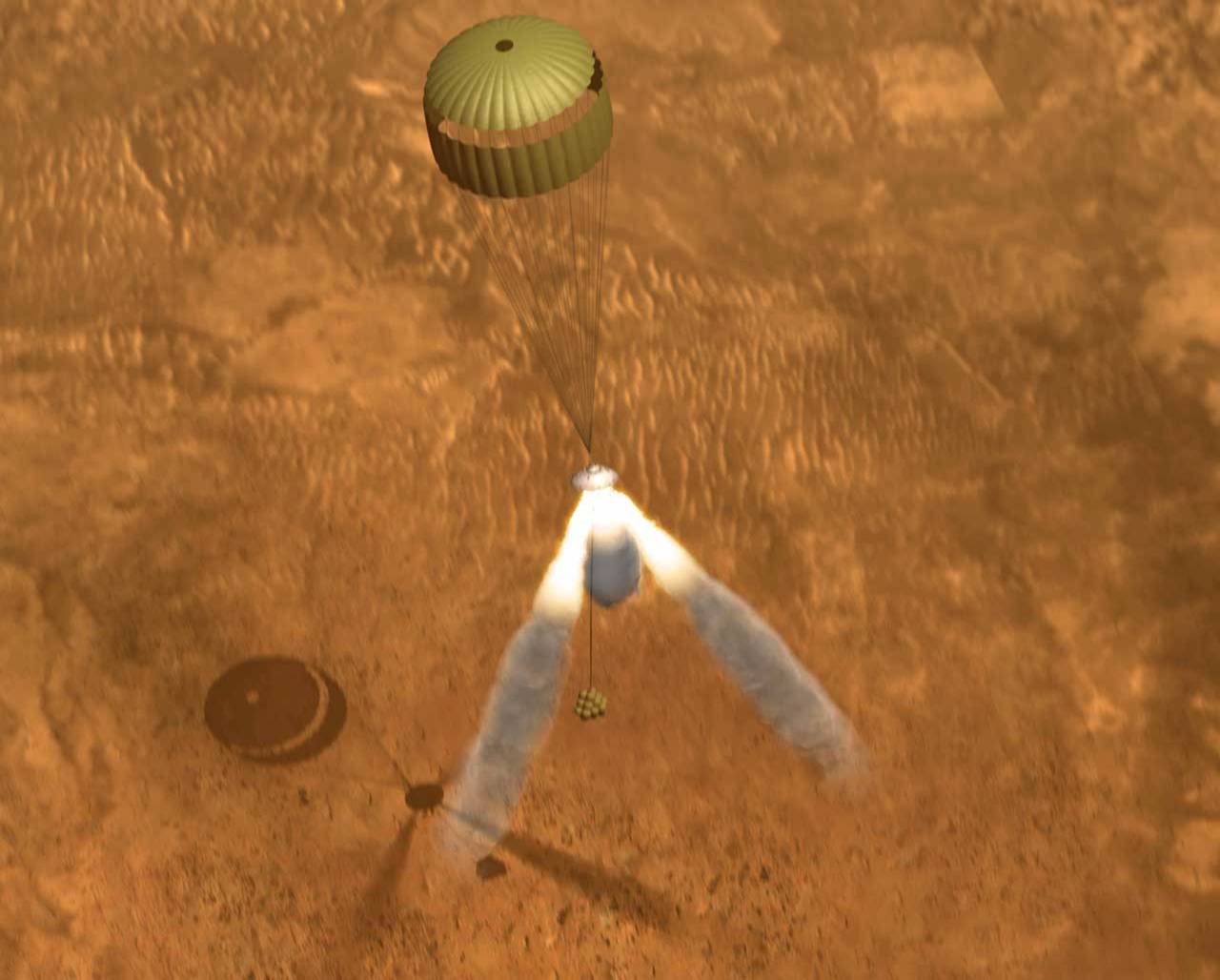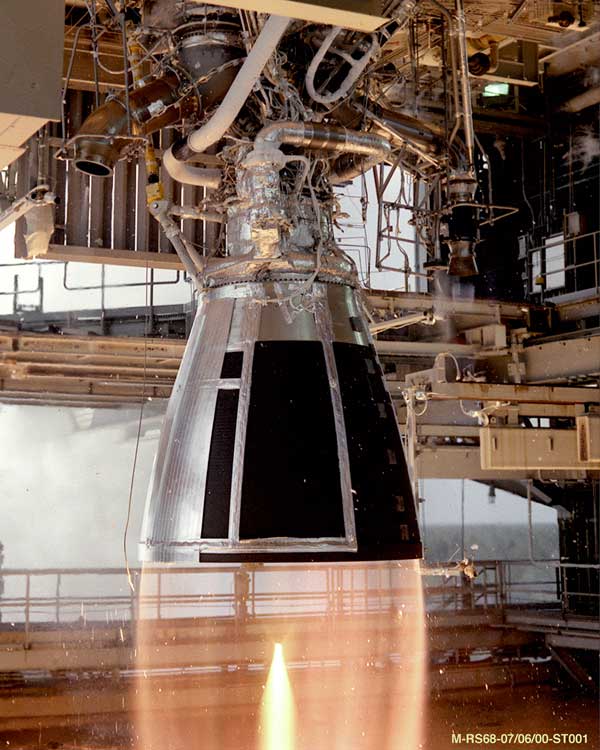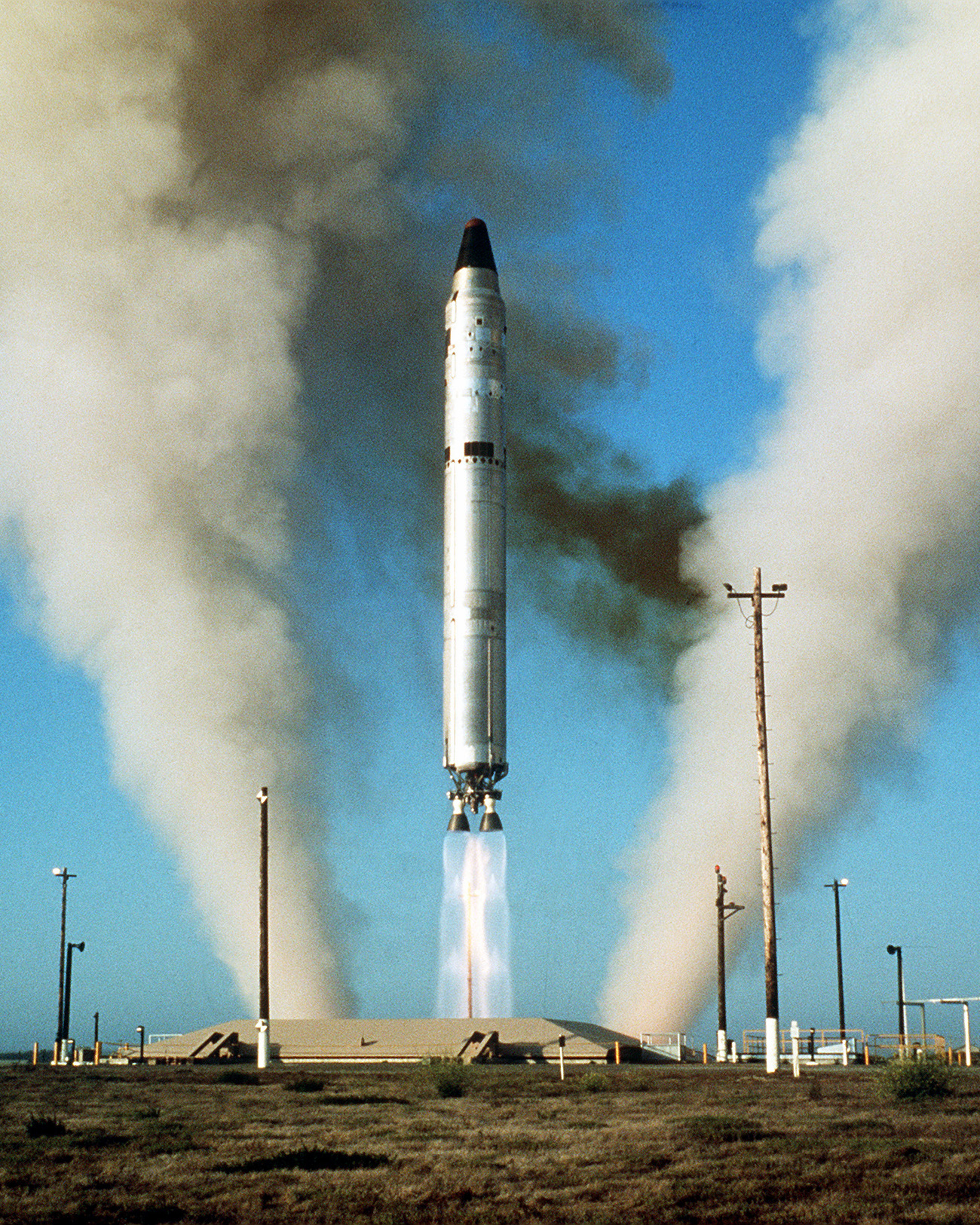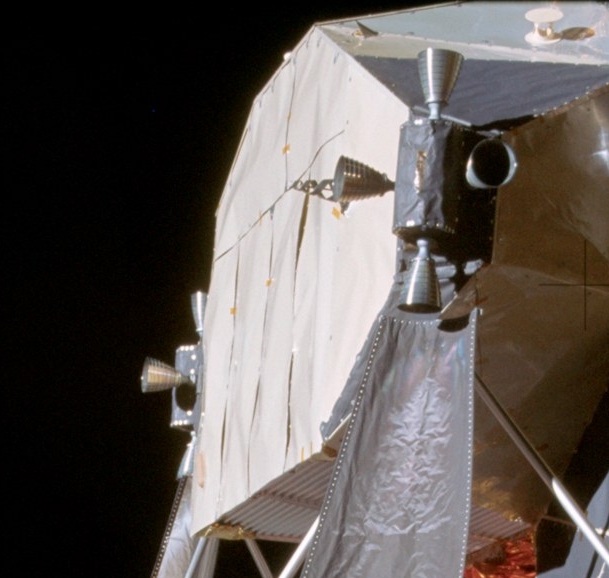|
Retrorockets
A retrorocket (short for ''retrograde rocket'') is a rocket engine providing thrust opposing the motion of a vehicle, thereby causing it to decelerate. They have mostly been used in spacecraft, with more limited use in short-runway aircraft landing. New uses are emerging since 2010 for retro-thrust rockets in reusable launch systems. History Rockets were fitted to the nose of some models of the DFS 230, a World War II German Military glider. This enabled the aircraft to land in more confined areas than would otherwise be possible during an airborne assault. Another World War II development was the British Hajile project, initiated by the British Admiralty's Directorate of Miscellaneous Weapons Development. Originally a request from the British Army as a method to drop heavy equipment or vehicles from aircraft flying at high speeds and altitudes, the project turned out to be a disaster and was largely forgotten after the war. Although some of the tests turned out to be successf ... [...More Info...] [...Related Items...] OR: [Wikipedia] [Google] [Baidu] |
S-IC
The S-IC (pronounced S-one-C) was the first stage of the American Saturn V rocket. The S-IC stage was manufactured by the Boeing Company. Like the first stages of most rockets, more than 90% of the mass at launch was propellant, in this case RP-1 rocket fuel and liquid oxygen (LOX) oxidizer. It was tall and in diameter. The stage provided of thrust at sea level to get the rocket through the first of ascent. The stage had five F-1 engines in a quincunx arrangement. The center engine was fixed in position, while the four outer engines could be hydraulically gimballed to control the rocket. Manufacturing The Boeing Co. was awarded the contract to manufacture the S-IC on December 15, 1961. By this time the general design of the stage had been decided on by the engineers at the Marshall Space Flight Center (MSFC). The main place of manufacture was the Michoud Assembly Facility, New Orleans. Wind tunnel testing took place in Seattle and the machining of the tools needed to build ... [...More Info...] [...Related Items...] OR: [Wikipedia] [Google] [Baidu] |
Project Gemini
Project Gemini () was the second United States human spaceflight program to fly. Conducted after the first American crewed space program, Project Mercury, while the Apollo program was still in early development, Gemini was conceived in 1961 and concluded in 1966. The Gemini spacecraft carried a two-astronaut crew. Ten Gemini crews and 16 individual astronauts flew low Earth orbit (LEO) missions during 1965 and 1966. Gemini's objective was the development of space travel techniques to support the Apollo mission to Moon landing, land astronauts on the Moon. In doing so, it allowed the United States to catch up and overcome the lead in human spaceflight capability the Soviet Union had obtained in the early years of the Space Race, by demonstrating mission endurance up to just under 14 days, longer than the eight days required for a round trip to the Moon; methods of performing extravehicular activity (EVA) without tiring; and the orbital maneuvers necessary to achieve space rendezv ... [...More Info...] [...Related Items...] OR: [Wikipedia] [Google] [Baidu] |
Project Mercury
Project Mercury was the first human spaceflight program of the United States, running from 1958 through 1963. An early highlight of the Space Race, its goal was to put a man into Earth orbit and return him safely, ideally before the Soviet Union. Taken over from the US Air Force by the newly created civilian space agency NASA, it conducted 20 uncrewed developmental flights (some using animals), and six successful flights by astronauts. The program, which took its name from Roman mythology, cost $ (adjusted for inflation). The astronauts were collectively known as the " Mercury Seven", and each spacecraft was given a name ending with a "7" by its pilot. The Space Race began with the 1957 launch of the Soviet satellite Sputnik 1. This came as a shock to the American public, and led to the creation of NASA to expedite existing US space exploration efforts, and place most of them under civilian control. After the successful launch of the Explorer 1 satellite in 1958, crewed spac ... [...More Info...] [...Related Items...] OR: [Wikipedia] [Google] [Baidu] |
Rocket Engine
A rocket engine is a reaction engine, producing thrust in accordance with Newton's third law by ejecting reaction mass rearward, usually a high-speed Jet (fluid), jet of high-temperature gas produced by the combustion of rocket propellants stored inside the rocket. However, non-combusting forms such as cold gas thrusters and nuclear thermal rockets also exist. Rocket vehicles carry their own oxidiser, unlike most combustion engines, so rocket engines can be used in a vacuum, and they can achieve great speed, beyond escape velocity. Vehicles commonly propelled by rocket engines include missiles, Rocket-assisted projectile, artillery shells, ballistic missiles and rockets of any size, from tiny Rocket (firework), fireworks to Rocket (weapon), man-sized weapons to huge Space vehicle, spaceships. Compared to other types of jet engine, rocket engines are the lightest and have the highest thrust, but are the least propellant-efficient (they have the lowest specific impulse). The ideal ... [...More Info...] [...Related Items...] OR: [Wikipedia] [Google] [Baidu] |
Atmospheric Entry
Atmospheric entry (sometimes listed as Vimpact or Ventry) is the movement of an object from outer space into and through the gases of an atmosphere of a planet, dwarf planet, or natural satellite. Atmospheric entry may be ''uncontrolled entry,'' as in the entry of astronomical objects, space debris, or bolides. It may be ''controlled entry'' (or ''reentry'') of a spacecraft that can be navigated or follow a predetermined course. Methods for controlled atmospheric ''entry, descent, and landing'' of spacecraft are collectively termed as ''EDL''. Objects entering an atmosphere experience atmospheric drag, which puts mechanical stress on the object, and aerodynamic heating—caused mostly by compression of the air in front of the object, but also by drag. These forces can cause loss of mass ( ablation) or even complete disintegration of smaller objects, and objects with lower compressive strength can explode. Objects have reentered with speeds ranging from 7.8 km/s for ... [...More Info...] [...Related Items...] OR: [Wikipedia] [Google] [Baidu] |
Saturn V
The Saturn V is a retired American super heavy-lift launch vehicle developed by NASA under the Apollo program for human exploration of the Moon. The rocket was human-rated, had multistage rocket, three stages, and was powered by liquid-propellant rocket, liquid fuel. Flown from 1967 to 1973, it was used for nine crewed flights to the Moon, and to launch Skylab, the first American space station. the Saturn V remains the only launch vehicle to have carried humans beyond low Earth orbit (LEO). The Saturn V holds the record for the largest payload capacity to low Earth orbit, , which included unburned propellant needed to send the Apollo command and service module and Apollo Lunar Module, Lunar Module to the Moon. The largest production model of the Saturn (rocket family), Saturn family of rockets, the Saturn V was designed under the direction of Wernher von Braun at the Marshall Space Flight Center in Huntsville, Alabama; the lead contractors for construction of the rocket were ... [...More Info...] [...Related Items...] OR: [Wikipedia] [Google] [Baidu] |
Saturn IB
The Saturn IB (also known as the uprated Saturn I) was an American launch vehicle commissioned by the National Aeronautics and Space Administration (NASA) for the Apollo program. It uprated the Saturn I by replacing the S-IV second stage (, 43,380,000 lb-sec total impulse), with the S-IVB (, 96,000,000 lb-sec total impulse). The S-IB first stage also increased the S-I baseline's thrust from to and propellant load by 3.1%. This increased the Saturn I's low Earth orbit payload capability from to , enough for early flight tests of a half-fueled Apollo command and service module (CSM) or a fully fueled Apollo Lunar Module (LM), before the larger Saturn V needed for lunar flight was ready. By sharing the S-IVB upper stage, the Saturn IB and Saturn V provided a common interface to the Apollo spacecraft. The only major difference was that the S-IVB on the Saturn V burned only part of its propellant to achieve Earth orbit, so it could be restarted for trans-lunar injectio ... [...More Info...] [...Related Items...] OR: [Wikipedia] [Google] [Baidu] |
Saturn I
The Saturn I was a rocket designed as the United States' first medium lift launch vehicle for up to low Earth orbit Payload (air and space craft), payloads.Terminology has changed since the 1960s; back then, 20,000 pounds was considered "heavy lift". Its development was taken over from the Advanced Research Projects Agency (ARPA) in 1958 by the newly formed civilian NASA. Its design proved sound and flexible. It was successful in initiating the development of liquid hydrogen-fueled rocket propulsion, launching the Pegasus satellite program, Pegasus satellites, and flight verification of the Apollo command and service module launch phase aerodynamics. Ten Saturn I rockets were flown before it was replaced by the heavy lift launch vehicle, heavy lift derivative Saturn IB, which used a larger, higher impulse (physics), total impulse second stage and an improved Saturn V instrument unit, guidance and control system. It also led the way to development of the super heavy-lift launch veh ... [...More Info...] [...Related Items...] OR: [Wikipedia] [Google] [Baidu] |
LGM-25C Titan II
The Titan II was an intercontinental ballistic missile (ICBM) developed by the Glenn L. Martin Company from the earlier HGM-25A Titan I, Titan I missile. Titan II was originally designed and used as an ICBM, but was later adapted as a Medium-lift launch vehicle, medium-lift space launch vehicle (these adaptations were designated Titan II GLV and Titan 23G) to carry payloads to Earth orbit for the United States Air Force (USAF), NASA, National Aeronautics and Space Administration (NASA) and National Oceanic and Atmospheric Administration (NOAA). Those payloads included the USAF Defense Meteorological Satellite Program (DMSP), NOAA weather satellites, and NASA's Project Gemini, Gemini crewed space capsules. The modified Titan II SLVs (Space Launch Vehicles) were launched from Vandenberg Air Force Base, California, up until 2003. Titan II missile Part of the Titan (rocket family), Titan rocket family, the Titan II ICBM was the successor to the Titan I, with double the payload ... [...More Info...] [...Related Items...] OR: [Wikipedia] [Google] [Baidu] |
Multistage Rocket
A multistage rocket or step rocket is a launch vehicle that uses two or more rocket ''stages'', each of which contains its own engines and propellant. A ''tandem'' or ''serial'' stage is mounted on top of another stage; a ''parallel'' stage is attached alongside another stage. The result is effectively two or more rockets stacked on top of or attached next to each other. Two-stage rockets are quite common, but rockets with as many as five separate stages have been successfully launched. By jettisoning stages when they run out of propellant, the mass of the remaining rocket is decreased. Each successive stage can also be optimized for its specific operating conditions, such as decreased atmospheric pressure at higher altitudes. This ''staging'' allows the thrust of the remaining stages to more easily accelerate the rocket to its final velocity and height. In serial or tandem staging schemes, the first stage is at the bottom and is usually the largest, the second stage and subse ... [...More Info...] [...Related Items...] OR: [Wikipedia] [Google] [Baidu] |
Reaction Control System
A reaction control system (RCS) is a spacecraft system that uses Thrusters (spacecraft), thrusters to provide Spacecraft attitude control, attitude control and translation (physics), translation. Alternatively, reaction wheels can be used for attitude control, rather than RCS. Use of diverted engine thrust to provide stable attitude control of a V/STOL, short-or-vertical takeoff and landing aircraft below conventional winged flight speeds, such as with the Hawker Siddeley Harrier#Controls and handling, Harrier "jump jet", may also be referred to as a reaction control system. Reaction control systems are capable of providing small amounts of thrust in any desired direction or combination of directions. An RCS is also capable of providing torque to allow control of rotation (aircraft principal axes, roll, pitch, and yaw). Reaction control systems often use combinations of large and small (vernier thruster, vernier) thrusters, to allow different levels of response. Uses Spacecr ... [...More Info...] [...Related Items...] OR: [Wikipedia] [Google] [Baidu] |
Orbital Maneuvering System
In spaceflight, an orbital maneuver (otherwise known as a burn) is the use of propulsion systems to change the orbit of a spacecraft. For spacecraft far from Earth, an orbital maneuver is called a ''deep-space maneuver (DSM)''. When a spacecraft is not conducting a maneuver, especially in a transfer orbit, it is said to be ''coasting''. General Rocket equation The Tsiolkovsky rocket equation, or ideal rocket equation, can be useful for analysis of maneuvers by vehicles using rocket propulsion. A rocket applies acceleration to itself (a thrust) by expelling part of its mass at high speed. The rocket itself moves due to the conservation of momentum. Delta-v The applied change in velocity of each maneuver is referred to as delta-v (\Delta\mathbf\,). The delta-v for all the expected maneuvers are estimated for a mission are summarized in a delta-v budget. With a good approximation of the delta-v budget designers can estimate the propellant required for planned maneuver ... [...More Info...] [...Related Items...] OR: [Wikipedia] [Google] [Baidu] |









